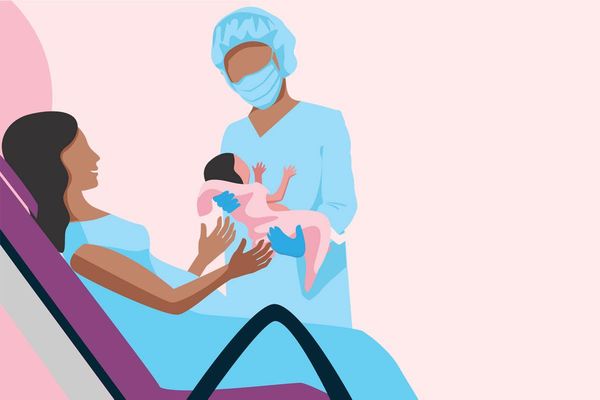Q:
I had my tubes "tied" several years ago. Now I'm interested in having another child and was wondering if the procedure could be reversed.
A:
The simple answer is yes, the procedure can be reversed, often through a laparoscopic procedure that doesn't require an abdominal incision. But before you pick up the phone to make an appointment with your doctor, you need to understand that the tubal ligation procedure you had is intended to be a permanent form of sterilization. The phrase "getting your tubes tied" is often used but it's misleading because the fallopian tubes are not actually tied. Instead, they are blocked with a ring or burned or clipped shut. They cannot simply be "untied." Surgery to reverse the procedure, while possible, carries risk, significant costs, and is not always successful. Another option to surgery, in-vitro fertilization (IVF), while less invasive, also carries significant costs and a similar rate of success.
If you choose surgery to reverse the tubal ligation, you will require general anesthesia, which also carries some risks. Then the surgeon typically uses microsurgical techniques to reopen the tubes. With IVF, you are given medication to spur your ovaries to make more than one egg and then the eggs are removed and fertilized with your partner's sperm in the laboratory. The resulting embryos (usually two or three) are placed in your uterus. This avoids the fallopian tubes and is often used for women whose tubes are blocked by infection and can't be opened. In fact, IVF was invented just for this purpose.
Neither option is likely to be covered by your health insurance. Costs vary, but tubal reversal costs between $10,000 and $15,000, about the same as a single cycle of IVF. However, you may need more than one IVF cycle to become pregnant, which could significantly increase the cost. Overall pregnancy rates for tubal ligation range between 55 and 85 percent, usually higher when the procedure is performed through an abdominal incision. Most women become pregnant within a year of the procedure.
One of the few studies (if not the only) to compare pregnancy rates between the two found that surgical reversal seemed to be the best option based on cost and pregnancy rate for women under 37, and IVF seemed slightly better for older women. In this group of women, delivery rates were similar: 52 percent in the IVF group and 59.5 percent in the tubal reversal group. Overall, the average cost per delivery was $17,167 for IVF and $7,263 for tubal ligation. This study, however, was conducted in Belgium, so the costs may differ in the United States.
Risks of the procedures include a relatively high rate of ectopic, or tubal, pregnancy in women undergoing tubal reversal and high risk of multiple births with IVF. In the study described above, five women (12 percent of the 79 patients) had twins. Also, the women underwent an average of two IVF cycles, which is likely behind the higher cost.
The decision about which procedure to have will depend on the type of tubal ligation you had and if it can be reversed (sometimes it can't); where you live (do you live near an IVF center?); and your own personal preferences. Good luck to you!







